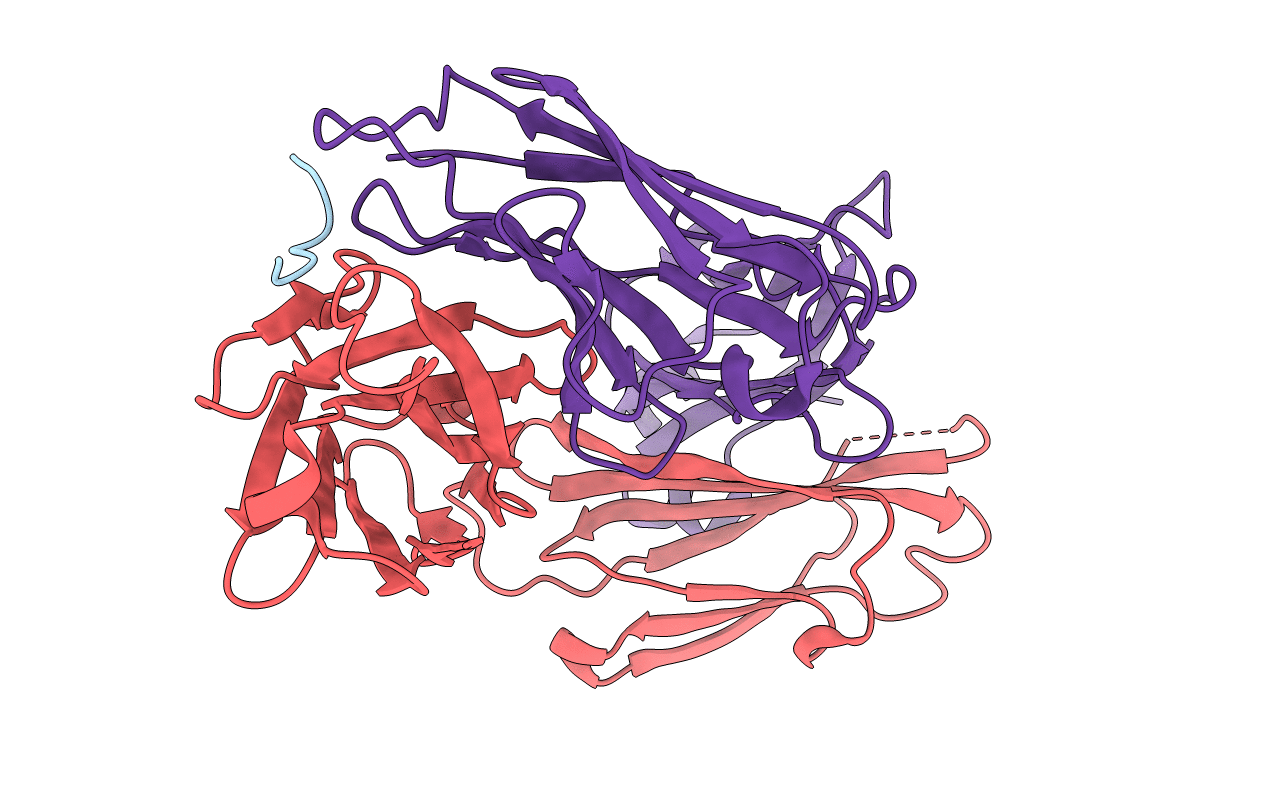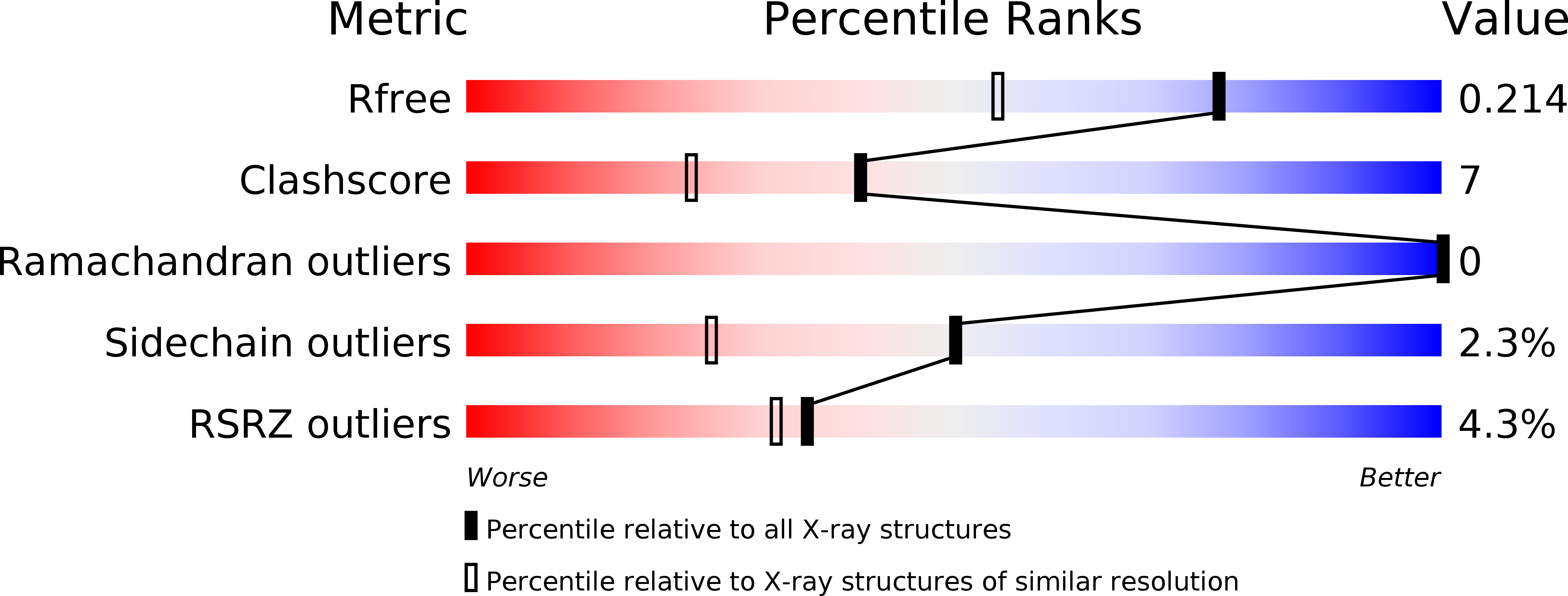
Deposition Date
2007-11-07
Release Date
2008-04-15
Last Version Date
2024-11-20
Entry Detail
PDB ID:
3BAE
Keywords:
Title:
Crystal structure of Fab WO2 bound to the N terminal domain of Amyloid beta peptide (1-28)
Biological Source:
Source Organism:
Mus musculus (Taxon ID: 10090)
Method Details:
Experimental Method:
Resolution:
1.59 Å
R-Value Free:
0.24
R-Value Work:
0.20
R-Value Observed:
0.20
Space Group:
P 21 21 21


